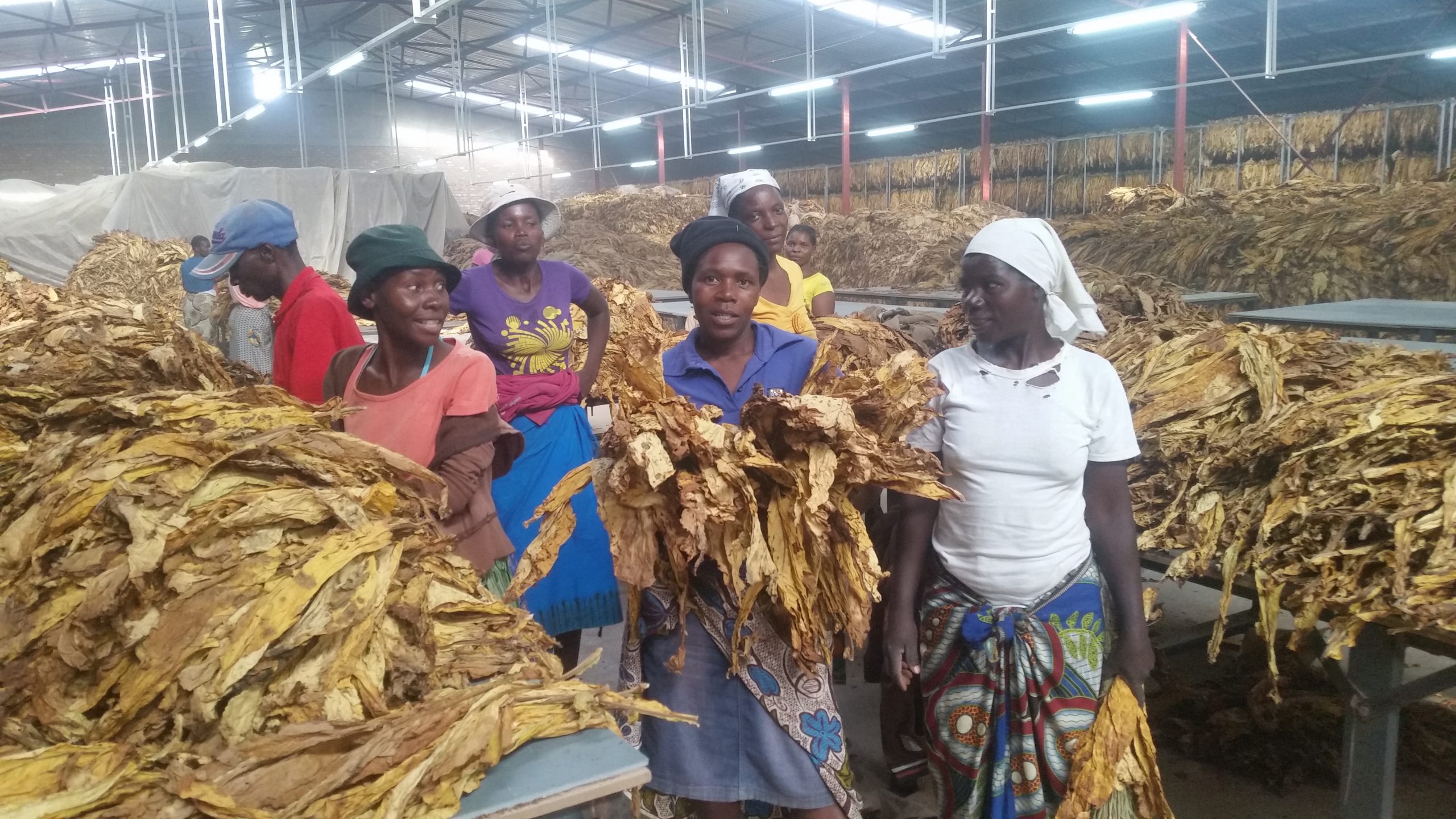COVID-19 underlines frailties in Zimbabwe’s food systems

Written by: Vine Mutyasira
Zimbabwe enforced its first lockdown on 30 March 2020 in an attempt to contain the further spread of COVID-19. On that day, the Ministry of Health and Child Care had officially recorded eight confirmed cases and a single death. The government had declared the COVID-19 crisis a national disaster a few days earlier, on 27 March 2020, allowing it to focus state resources towards fighting the pandemic. Several statutory instruments and a raft of measures were developed to support the lockdown, which closed most sectors of the economy, including informal markets, while allowing only a few ‘essential services’ to operate. To examine how COVID-19 affected food systems and rural livelihoods, APRA Zimbabwe conducted a series of rapid assessment studies. The results of the three survey rounds are presented in A Multi-Phase Assessment of the Effects of COVID-19 on Food Systems and Rural Livelihoods in Zimbabwe.
The COVID-19 pandemic has disrupted agri-food systems around the world, laying bare their fragility and worsening the welfare of millions of smallholder farmers whose livelihoods depend on farming. And it’s not just food systems that have been impacted but economies as a whole – both directly through the debilitating toll on human health, and indirectly through complex dynamics triggered by lockdown measures. In Zimbabwe, COVID-19 struck at a time when the country was experiencing a worsening economic and humanitarian situation, and when runaway inflation had already eroded the purchasing power of households and, hence, their ability to access diversified diets. Several global and country-level studies have been carried out to analyse impacts of the pandemic on food systems. However, these high-level studies provide limited insights on localised dynamics and coping mechanisms, including changes in labour participation and consumption patterns as households adapted to changes in their economic environment. Our multi-phase study, therefore, focused more on community and household dynamics and response measures to cope with the pandemic.
Shaking the core of rural livelihoods
One of the biggest impacts of the COVID-19 pandemic has been its disruptions to critical input supply chains for seeds, fertiliser, tillage services, agrochemicals and hired labour. Farmers have been unable to access essential inputs as local agri-dealerships were unable to restock due to supply chain blockages. This led to a general rise in input costs due to the shortage, and as a result of opportunistic behaviour of traders seeking to cash in on the situation. Movement restrictions also increased the cost of hiring labour services for critical farming activities, which also increased the risk of post-harvest losses, especially for time-sensitive operations such as soybean harvesting. These disruptions, and increasing overall costs, also resulted in a contraction in cultivated area.
Access to veterinary drugs was also reduced, which led to a surge in tick-born and other livestock diseases. As a result, cattle deaths increased, negatively affecting the availability of draught power which normally compliments tractor tillage services.
Beyond the farmgate, ravaging impacts of the pandemic were felt through disruptions to other livelihood activities. The closure of local shops and marketing stalls as part of the stringent lockdowns left farmers with limited marketing opportunities. Limited availability and rising cost of hiring transport to ferry agricultural produce, also limited farmers ability to access different marketing channels. The pandemic also affected households’ ability to engage in non-farm enterprises that are a traditional source of income, as well as their ability to access off-farm work within and outside their villages.
The lockdowns limited the ability of traders and brokers to access farming communities for the purpose of buying agricultural produce. They also limited arbitrage activities and hence the availability of grain at local markets, thus causing local shortages and rising prices for consumers. As a result, a significant number of households reported that the cost of living had gone up since the onset of the pandemic.
What has been evident throughout the multi-phase studies, which took place between June 2020 and February 2021, is that the nature and extent of pandemic disruptions varied depending on the stringency of lockdown conditions adopted; with disruptions in general easing as lockdown conditions were lifted. It was also observed that the magnitude of impacts varied across households depending on their adaptive capacity and differential access to support services.
Can we build back better?
Generally, the pandemic has exposed the serious lack of resilience in the smallholder farming system, as farmers struggled to cope with the shocks induced by COVID-19 especially in the absence of external support and safety nets. But while the pandemic poses some serious challenges for agri-food systems, it is also an opportunity to make strategic interventions to bolster the resilience of farming systems and protect incomes and assets of smallholder farmers so that they can emerge from the pandemic shocks and effectively participate in economic recovery efforts. COVID-19 has made it abundantly clear why transformative changes in food systems are needed. One of the biggest impacts observed has been the disruptions to input systems and food supply chains. This points to the need for interventions to support more diverse and resilient input and food distribution systems. Options include strengthening agri-dealer networks and empowering agri-food small- and medium-sized enterprises by addressing their capacity, liquidity and financial constraints so that they can effectively participate in transforming Zimbabwe’s food system.
To hear more about APRA’s research findings on COVID-19, join the e-Dialogue on February 9th, 2022. Learn more and register, here.
Read about previous APRA research on COVID-19 in Zimbabwe in the following blogs:
